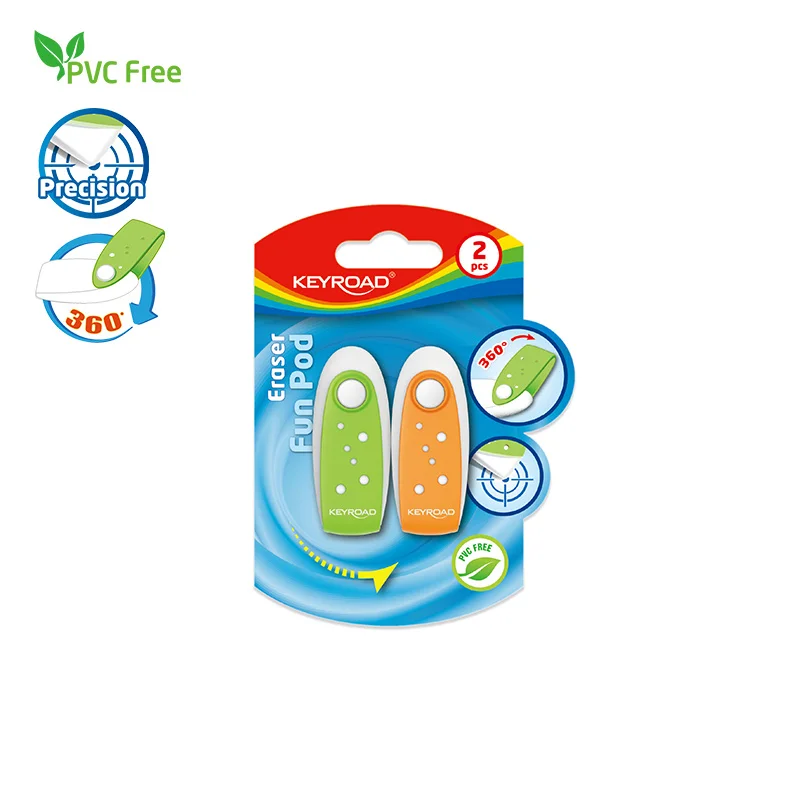
In the hustle and bustle of modern life, convenience food has become a staple in many households. These ready-to-eat or easy-to-prepare food products are designed to save time and effort, making them an attractive option for busy individuals and families. But what exactly are the characteristics that define convenience food? This article will delve into the unique features of convenience food, shedding light on its appeal and its role in our contemporary food landscape.
- Time-Saving: The primary characteristic of convenience food is its time-saving nature. These products are either ready-to-eat or require minimal preparation, making them ideal for those with limited time for cooking. Examples include frozen meals, canned goods, instant noodles, and microwaveable foods.
- Long Shelf Life: Convenience foods are typically processed to extend their shelf life. This involves techniques like canning, freezing, and drying, which allow the food to be stored for extended periods without spoiling. This long shelf life makes convenience foods a reliable option for stocking up the pantry.
- Portability: Many convenience foods are designed to be portable, making them perfect for on-the-go consumption. Single-serving packaging, resealable containers, and compact designs are common features that enhance the portability of these products.
- Variety: The convenience food market offers a wide variety of options to cater to diverse tastes and dietary needs. From vegetarian and gluten-free options to ethnic and gourmet selections, there's a convenience food product for virtually every preference.
- Nutritional Content: While convenience foods have traditionally been associated with high levels of sodium, fats, and sugars, many manufacturers are now offering healthier alternatives. These include products with reduced sodium, low fat, high fiber, and added vitamins and minerals. However, it's essential to read the nutritional labels to make an informed choice.
- Cost: Convenience foods can range from budget-friendly to premium-priced, depending on factors like brand, ingredients, and packaging. While they may be more expensive than cooking from scratch, the time and effort saved often justify the cost for many consumers.
- Taste and Texture: Advances in food technology have enabled manufacturers to improve the taste and texture of convenience foods. While these may not match the quality of freshly prepared meals, many products offer a satisfactory taste that appeals to a broad consumer base.
In conclusion, convenience foods are characterized by their time-saving nature, long shelf life, portability, variety, nutritional content, cost, and taste. They play a significant role in modern food culture, catering to the needs of time-strapped consumers seeking quick and easy meal solutions. However, it's crucial to balance the convenience of these products with nutritional considerations, making informed choices to maintain a healthy diet.
As the convenience food industry continues to evolve, we can expect to see further innovations that enhance the appeal of these products. From plant-based alternatives to personalized nutrition, the future of convenience food promises to be exciting and diverse.




